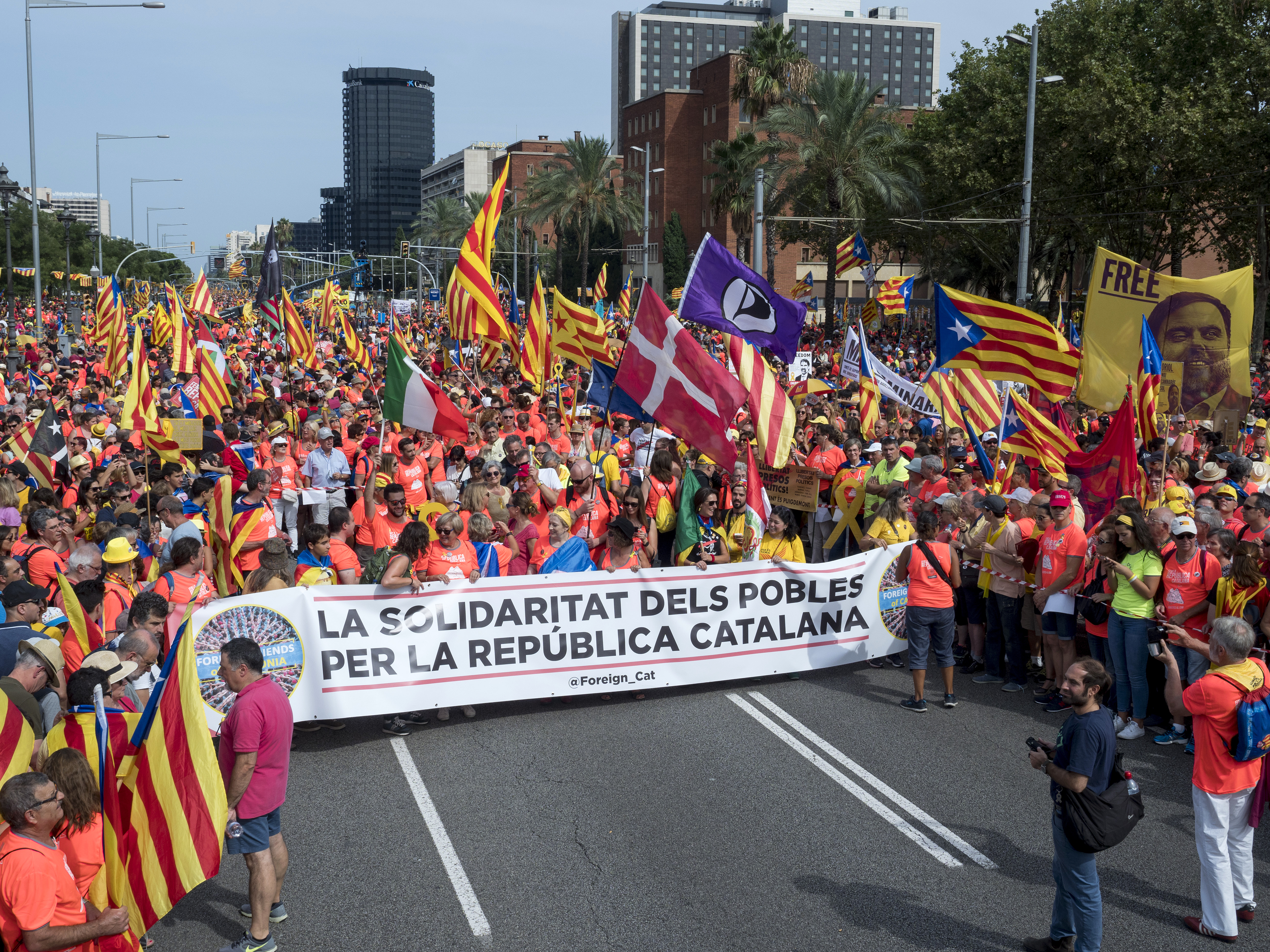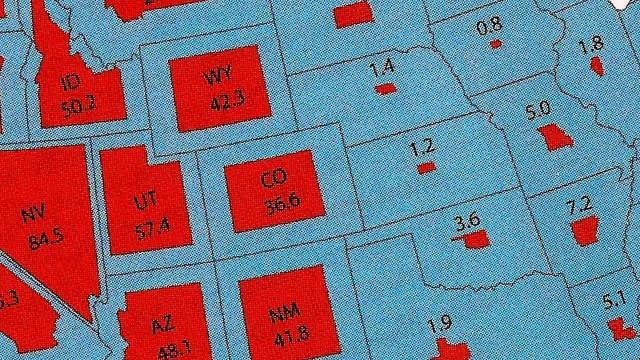300 – The Reign in Spain (1850)
Spain, now a fully integrated member of the European Union, once was considered so alien to the rest of Europe that Alexandre Dumas is known to have remarked that “Africa begins at the Pyrennees” (see #22).
The Pyrennees are a prime example of how geography is destiny. This mountain chain that so neatly divides the Iberian peninsula from the rest of Europe also seems to have cut it off for so long from the European cultural, political and economical mainstream. It’s certainly true that many casual observers of history (like me) will be hard pressed to tell you anything about Spain between Columbus and Franco.
This map dates from towards the end of that timeframe, and comes as a bit of a surprise. Published in 1852 after the First Carlist War (whatever that may have been), it shows a subdivision of Spain many would only associate with the era after the death of Spanish dictator Franco in 1975 and the subsequent democratisation and decentralisation of political life.
And yet it clearly already shows the Basque Country (in the north) and Catalonia (in the northeast) as two separate entities. In all, it shows Spain as being divided into four different areas, each retaining particular laws and institutions.
Not knowing my Spanish history very well, I’m stabbing in the dark here; but I guess the regionalism shown on this map is not an early form of modern Spanish federalism, but an ancient form of local privileges later to be suppressed in the wars and oppression that were to follow. Regional nationalism in Spain was only allowed to resurface in the post-1975 era, which gives this rather old map a quaintly modern feel…
Many thanks to Joan Camp for showing me this map, from Francisco Jorge Torres Villegas’ “Cartografia hispano-cientifica” (1852), which can be found here at Wikimedia Commons.






